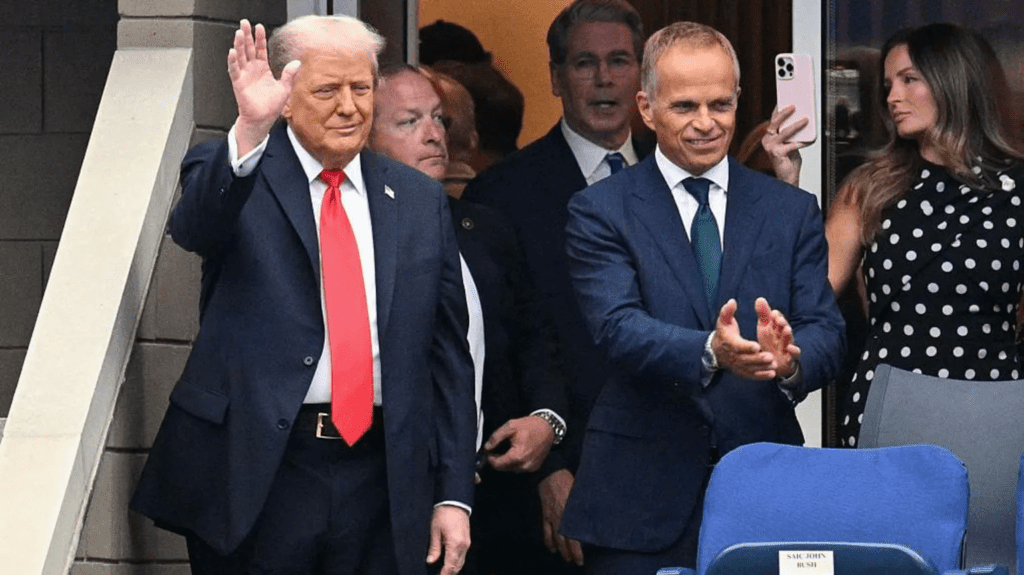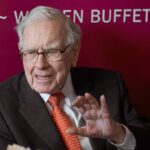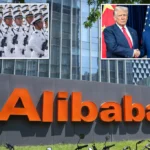The White House on Friday announced a new framework trade agreement with Switzerland and Liechtenstein that will sharply reduce US tariffs on Swiss imports, cap future duties, strengthen digital trade rules, and unlock more than $200 billion in Swiss investment into the US economy. The deal follows months of tense negotiations — and an unusually personal diplomatic push involving engraved gold bars, Rolex gifts, and top Swiss industrialists lobbying President Donald Trump directly.
Tariffs Slashed: From 39% to 15%
Under the new framework, the United States will drop Trump’s steep 39% tariff rate on Swiss imports to 15%, matching the rate recently negotiated with the European Union. Switzerland will, in exchange, remove a range of tariffs on US agricultural and industrial goods and open new duty-free quotas for American beef, bison, and poultry.
The tariff changes affect roughly 40% of Swiss exports and will begin taking effect within “days or weeks,” pending US customs system updates.
$200 Billion Swiss Investment Package
As part of the agreement, Swiss companies will invest $200 billion in the United States by 2028, including at least $67 billion in 2026 alone. The commitments include:
- Major expansions by pharmaceutical giants Roche and Novartis
- New US production facilities for Stadler Rail and aircraft manufacturer Pilatus
- Increased investment in medical devices, aerospace, engineering, and gold refinement
US Trade Representative Jamieson Greer said the deal will “tear down longstanding trade barriers” and boost American manufacturing and jobs across high-value sectors.
Behind the Scenes: The Gold-Bar Diplomacy
The agreement materialized only after Switzerland deployed its most influential business leaders — a move the country’s economy minister Guy Parmelin called “decisive.”
With government talks stalled, Swiss billionaires and top executives including Johann Rupert (Richemont), Daniel Jaeggi (Mercuria), Jean-Frédéric Dufour (Rolex), and Marwan Shakarchi (MKS gold refining) flew to Washington on November 4 for a private Oval Office meeting with Trump.


They arrived bearing gifts tailored to the president’s tastes:
- A specially engraved Swiss gold bar
- A rare Rolex “Datejust” desk clock, spotted on Trump’s Resolute Desk days later
- A symbolic pitch emphasizing Swiss investment and job creation in the US
Trump, who had previously dismissed Switzerland’s appeals, reportedly responded far more favorably to the business delegation than to official diplomatic channels.
Digital Trade, Non-Tariff Barriers, and Supply Chains
The White House fact sheet outlines several additional commitments:
- A joint pledge by all three countries to avoid harmful digital services taxes
- Swiss recognition of US motor vehicle safety standards — a long-standing US demand
- Efforts to reduce non-tariff barriers affecting American exporters
- A shared strategy to counter “non-market practices” by third-party countries, targeting supply-chain distortions
Negotiations to finalize the agreement are expected to conclude by early 2026.


Swiss Industries Celebrate: “Finally Level With the EU”
Swiss manufacturers have been under severe pressure since Trump’s tariff spike in August. Tech exports to the US fell 14.2% in Q3, while machine-tool shipments plunged 43%, according to industry group Swissmem.
Today’s deal brings immediate relief.
“For the first time, we now have the same conditions as our EU competitors,” said Nicola Tettamanti, president of Swissmechanic.
Economists at ETH Zurich’s KOF institute said the tariff cut could lift Swiss GDP growth above 1% in 2026, compared to a 0.9% baseline forecast.
The Political Path Ahead
Although the US implementation is imminent, Switzerland must still pass the agreement through parliament — and then face a national referendum, a constitutional requirement for major trade deals. Officials expect strong business support but acknowledge that public sentiment remains unpredictable.
A Rare Win-Win Deal Amid Global Trade Tensions
The agreement is one of the most dramatic tariff reversals of Trump’s presidency and stands out as a rare example of swift success in bilateral negotiations. For Switzerland, it removes a major economic shock. For the White House, it delivers a high-profile investment win and reinforces Trump’s “reciprocal tariff” strategy.
And for observers, it may be remembered for something else entirely: the first trade deal in history sealed with a gold bar, a Rolex clock, and an Oval Office charm offensive.
Disclosure: This article does not represent investment advice. The content and materials featured on this page are for educational purposes only.










